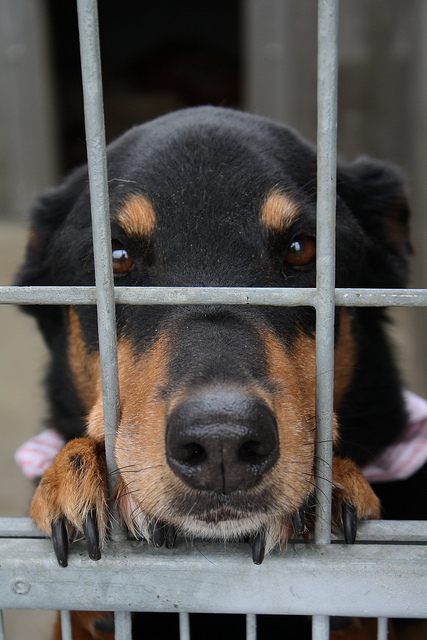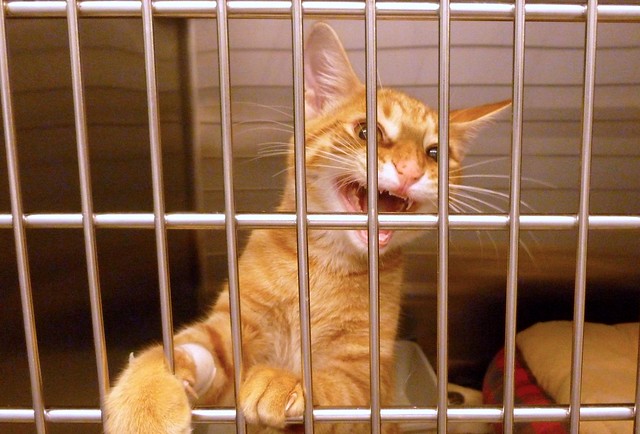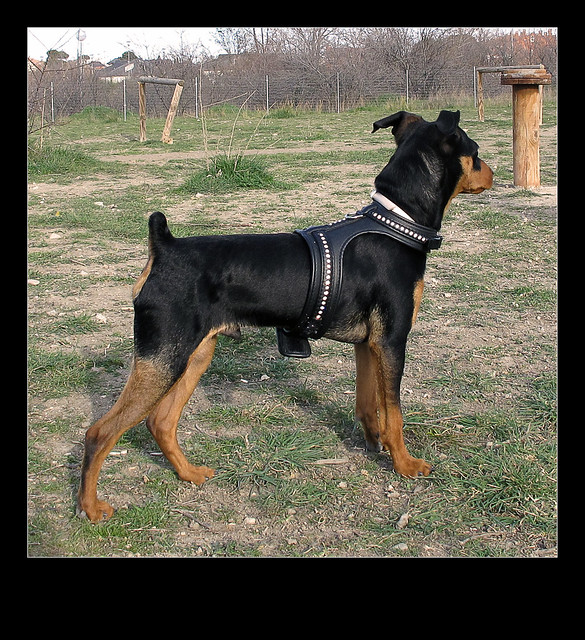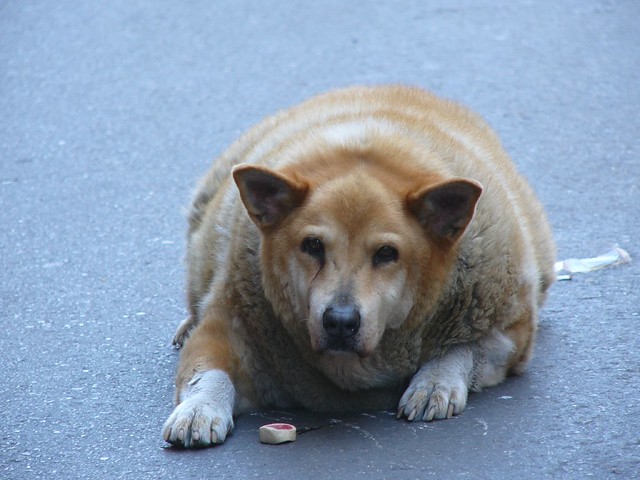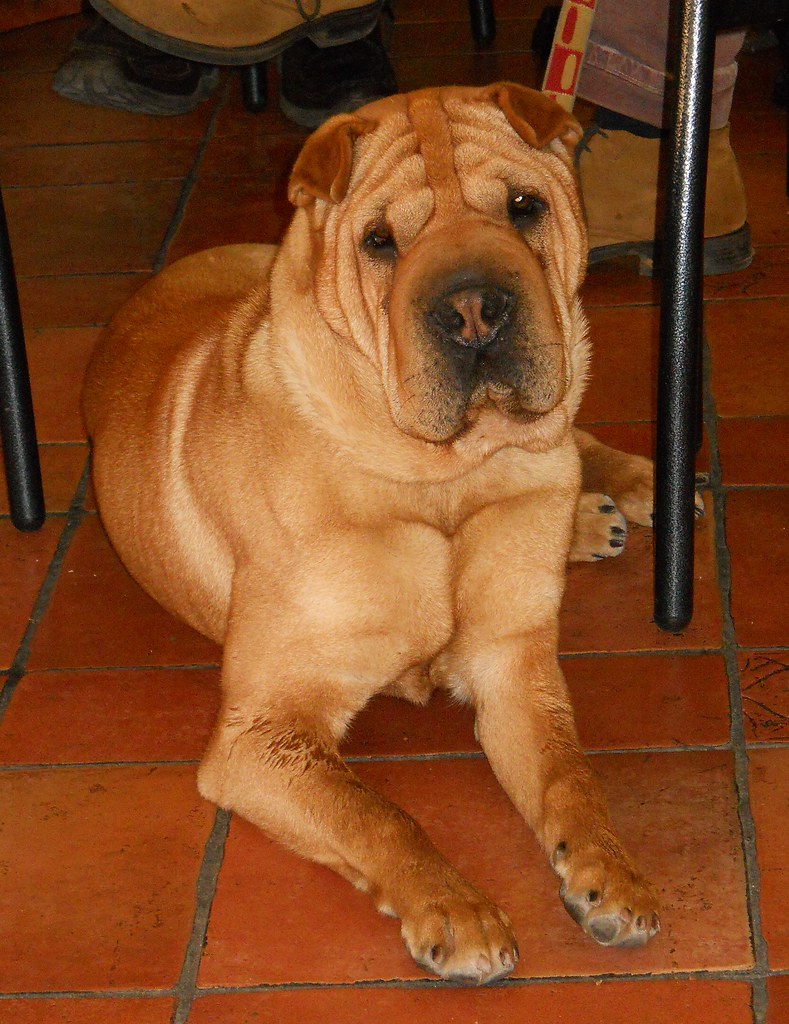 |
| Zaguate puppy (Photo credit: Wikipedia) |
Housebreaking a dog is one of the most challenging aspects of owning a dog, especially if you're a first-time dog owner. It is best accomplished when he is a puppy, but even if you adopt an older dog that is not trained you can still housebreak him.
Housebreaking an older dog is not complicated and, in some cases, will even take less time than housebreaking a young puppy. Housebreaking a dog is a lot of work, but not as hard as you may think, and if you get a faithful friend out of the deal, it's worth it, don't you think.
Dogs can not only be taught to go outdoors, but they can be taught to go in a specific area. Dogs are actually quite reliable when it comes to timing their bowel movements and urinating. It is very interesting that like humans, dogs appreciate a spot where they can relax and feel safe and protected. Dogs are extremely eager to please especially their owner which is why when done correctly, housebreaking almost always has successful results.While some dogs are housebroken much faster than others, how you treat accidents will affect your dogs overall learning curve.
The key to housebreaking a dog is to remember that a dog is eager to please you.Remember also that positive reinforcement promotes faster and more consistent housebreaking training.
There are slightly different methods when starting a housebreaking method.One being crate training which is a great approach to housebreaking a dog.This approach to housebreaking a dog is based on the fact that the dog crate simulates a dog's den which he should naturally want to keep clean.
Another method I have used with great success is paper training, whereby the dog is trained to go on the paper.And then take the dog directly outside... The one piece of advice I would give anyone trying to housebreak a dog is when they're ready to start going outside, designate a certain spot and take him out there every time.
Potty training or housebreaking a dog is perhaps one of the most important training pet owners should give his/her pet dog. You must begin housebreaking your dog as soon as you bring your new pet home and the key to successfully housebreaking a dog is to never let it make a mistake in the house without being corrected.
For everyone who believes that dogs truly are mans best friend, proper housebreaking is a key to a happy well-adjusted dog and owner.
Any kind of training including housebreaking should be a solution to destructive, aggressive and unwanted behavior, housebreaking issues, socialization problems, issues with kids, other dogs etc.
It just so happens that housebreaking is a good start!
|

